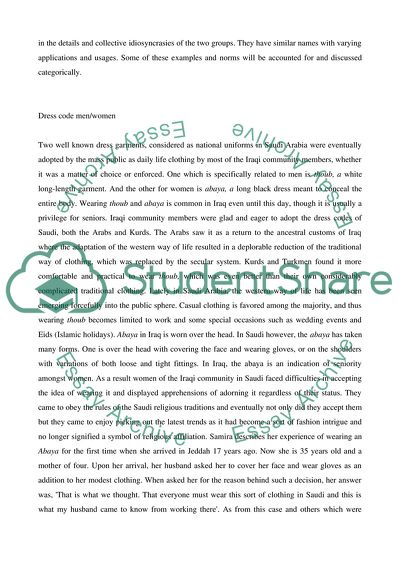Cite this document
(Culture and Identity Changes Assignment Example | Topics and Well Written Essays - 3500 words, n.d.)
Culture and Identity Changes Assignment Example | Topics and Well Written Essays - 3500 words. Retrieved from https://studentshare.org/social-science/1740638-chapter-three-culture-and-identity-changes
Culture and Identity Changes Assignment Example | Topics and Well Written Essays - 3500 words. Retrieved from https://studentshare.org/social-science/1740638-chapter-three-culture-and-identity-changes
(Culture and Identity Changes Assignment Example | Topics and Well Written Essays - 3500 Words)
Culture and Identity Changes Assignment Example | Topics and Well Written Essays - 3500 Words. https://studentshare.org/social-science/1740638-chapter-three-culture-and-identity-changes.
Culture and Identity Changes Assignment Example | Topics and Well Written Essays - 3500 Words. https://studentshare.org/social-science/1740638-chapter-three-culture-and-identity-changes.
“Culture and Identity Changes Assignment Example | Topics and Well Written Essays - 3500 Words”, n.d. https://studentshare.org/social-science/1740638-chapter-three-culture-and-identity-changes.


